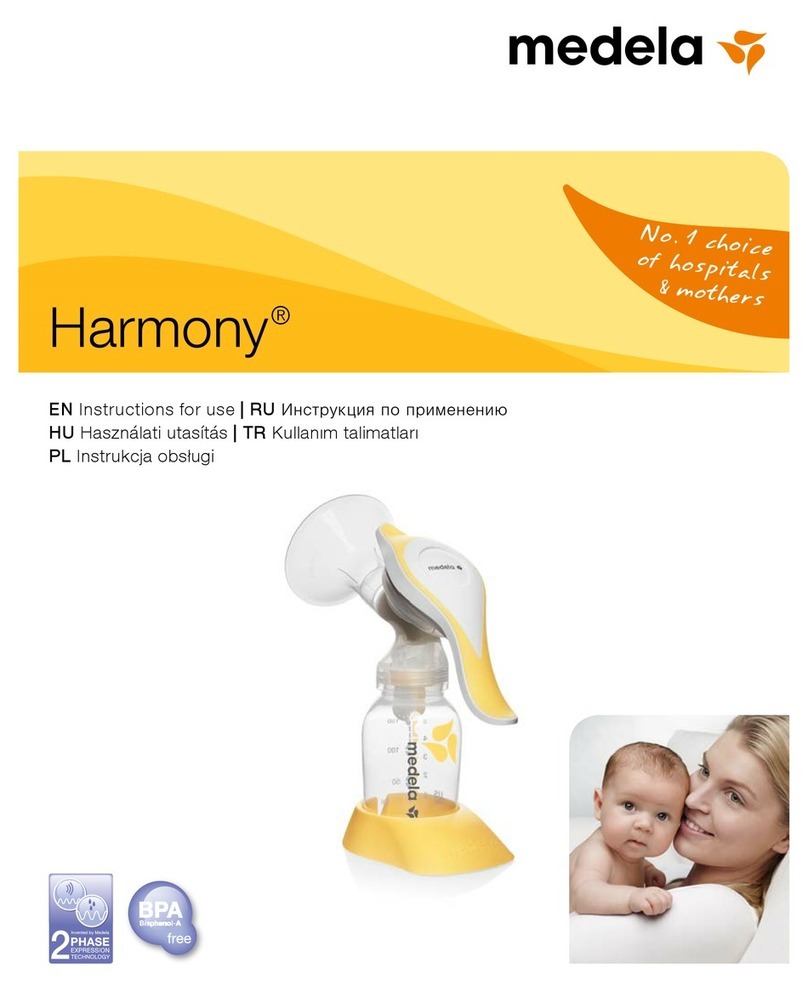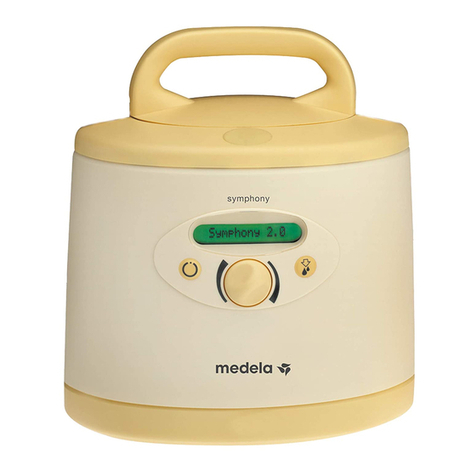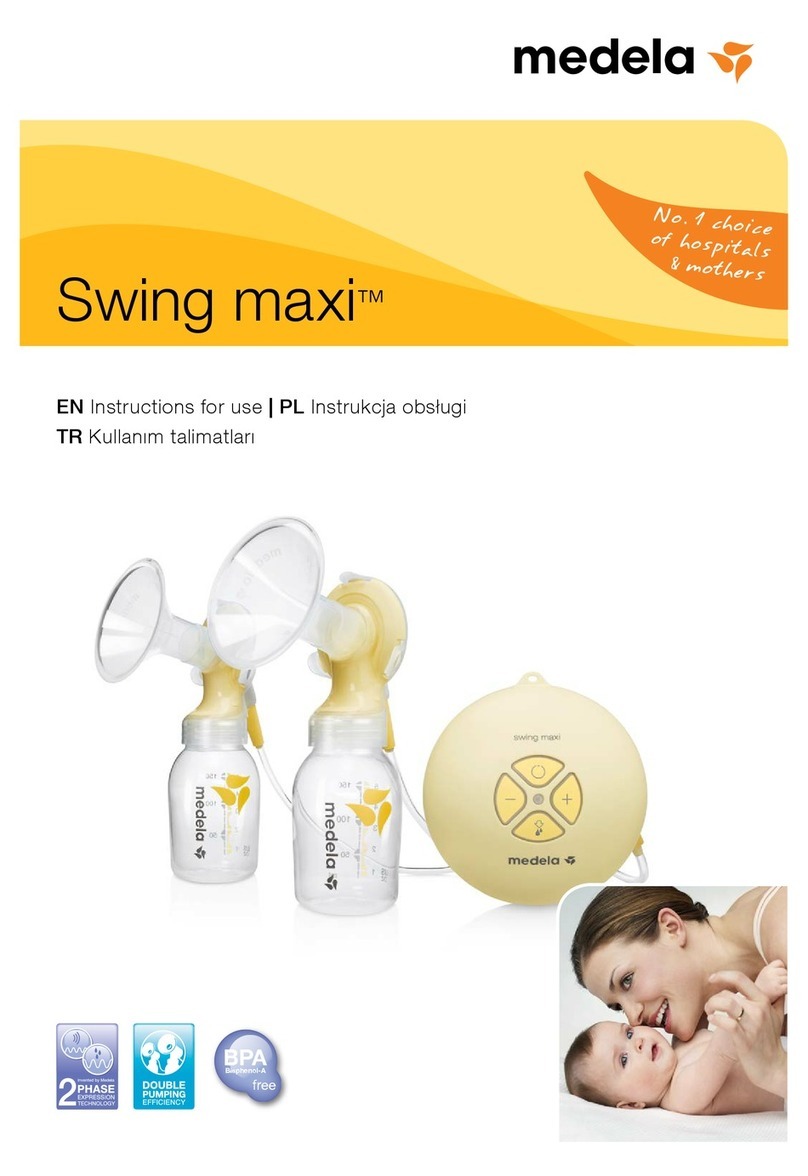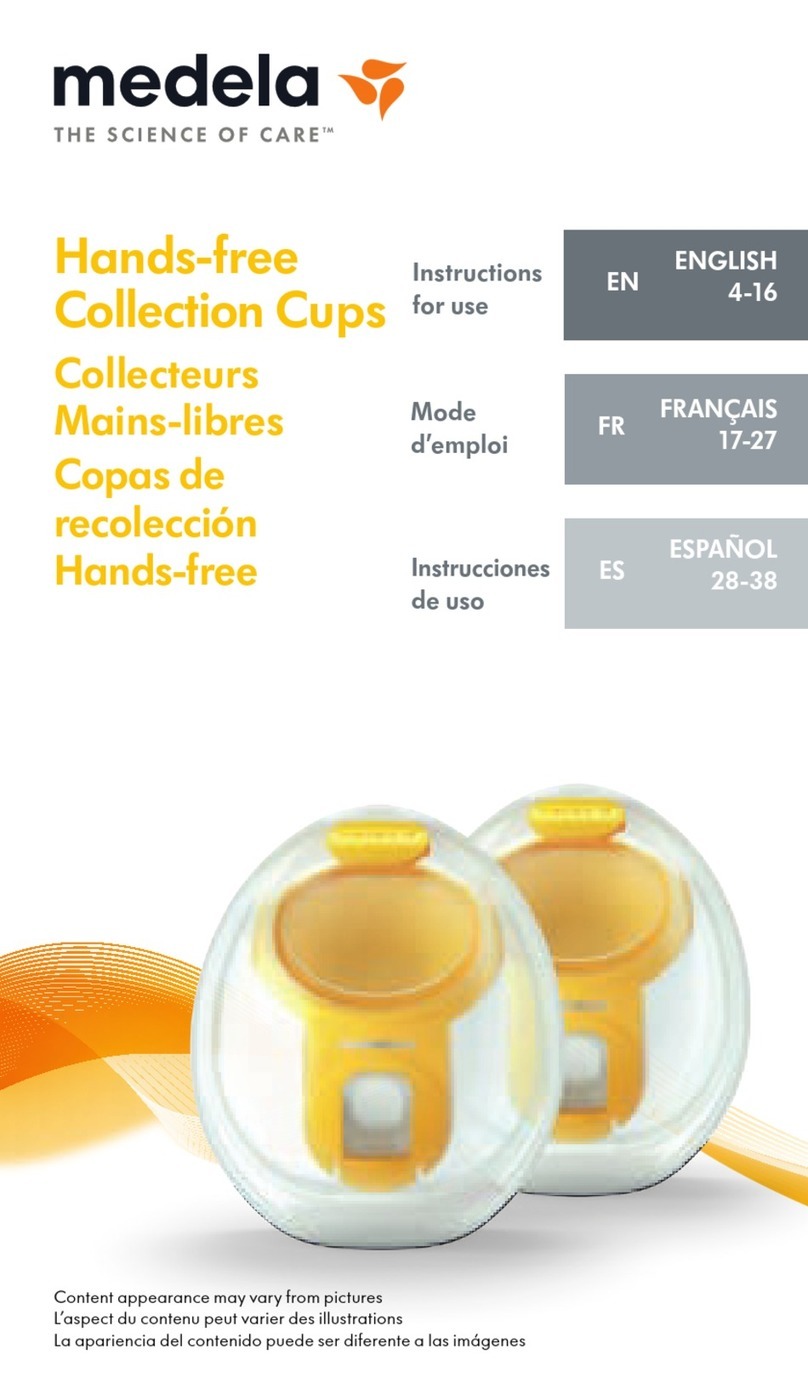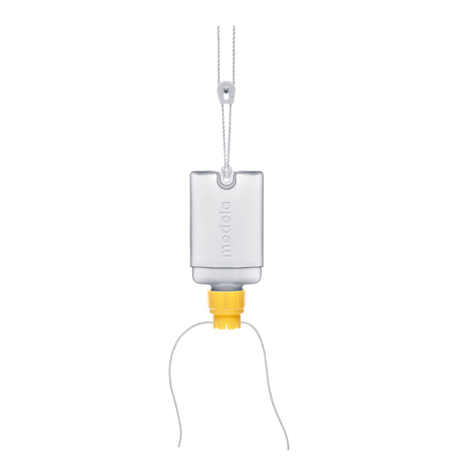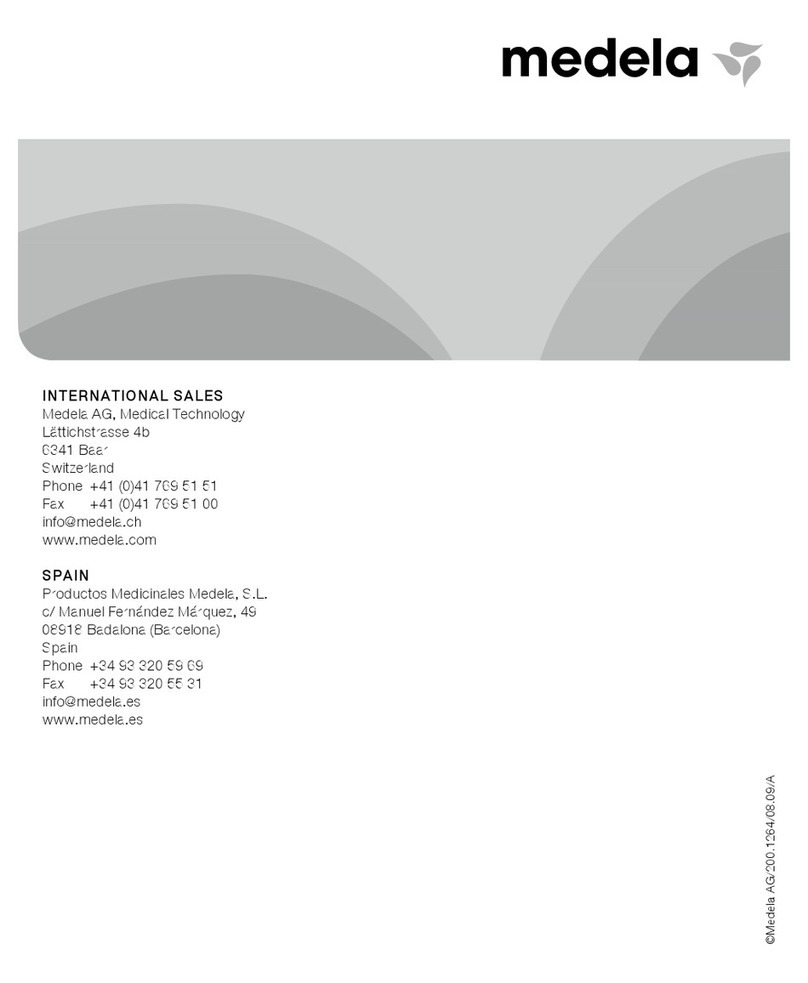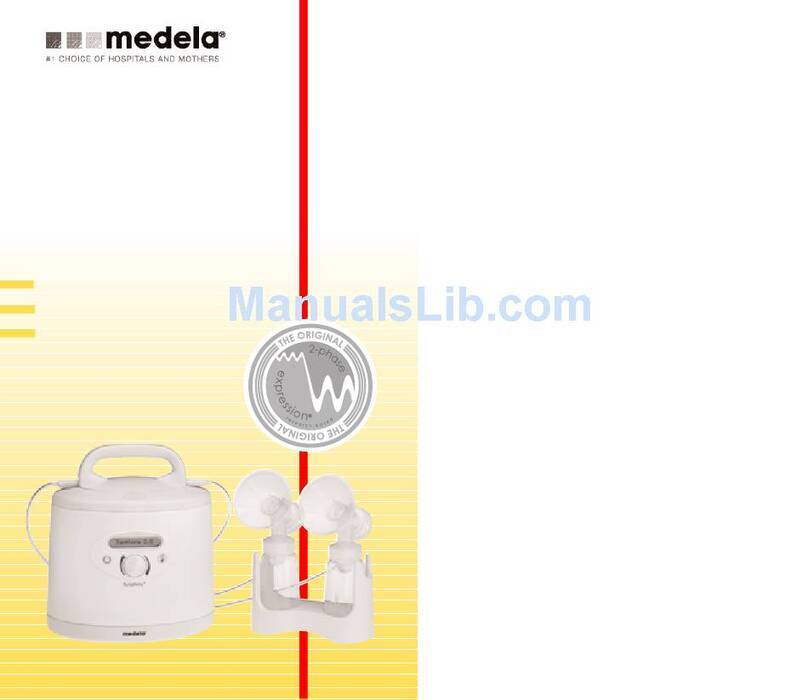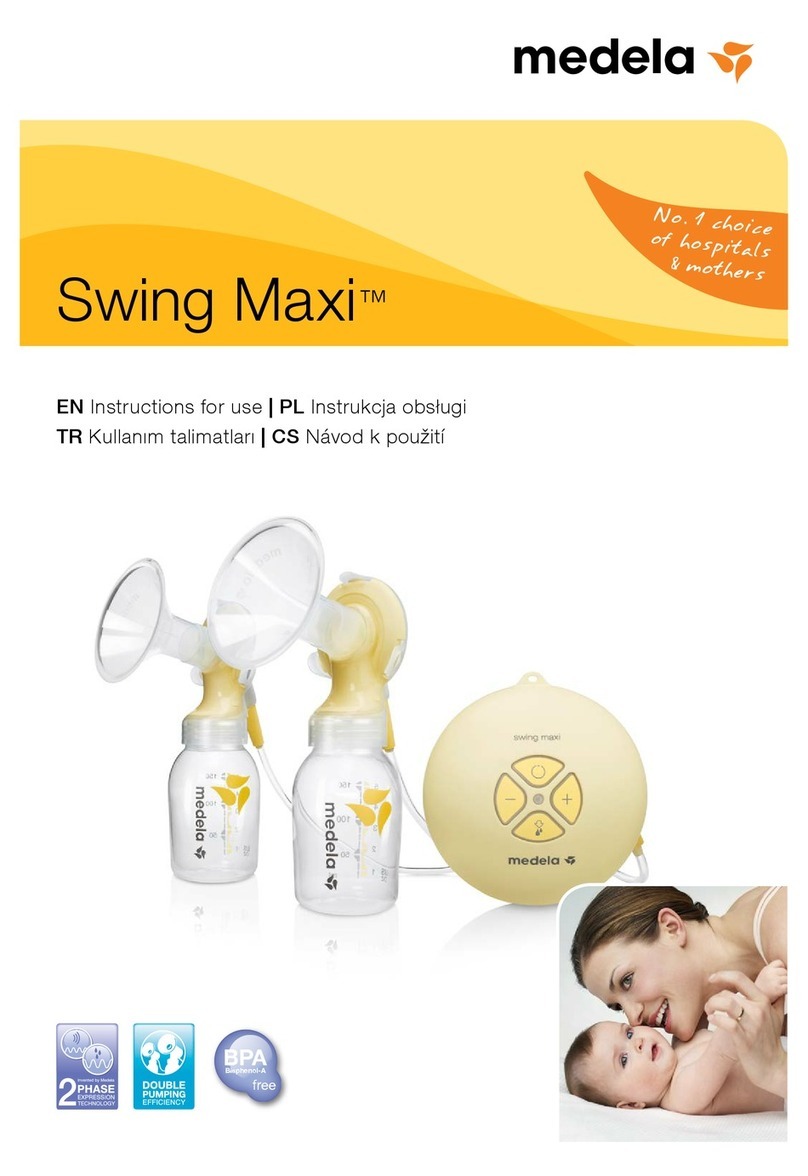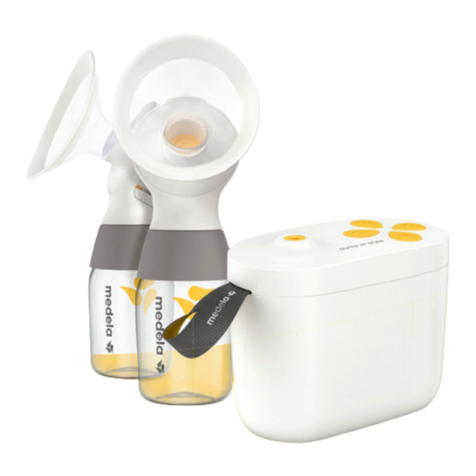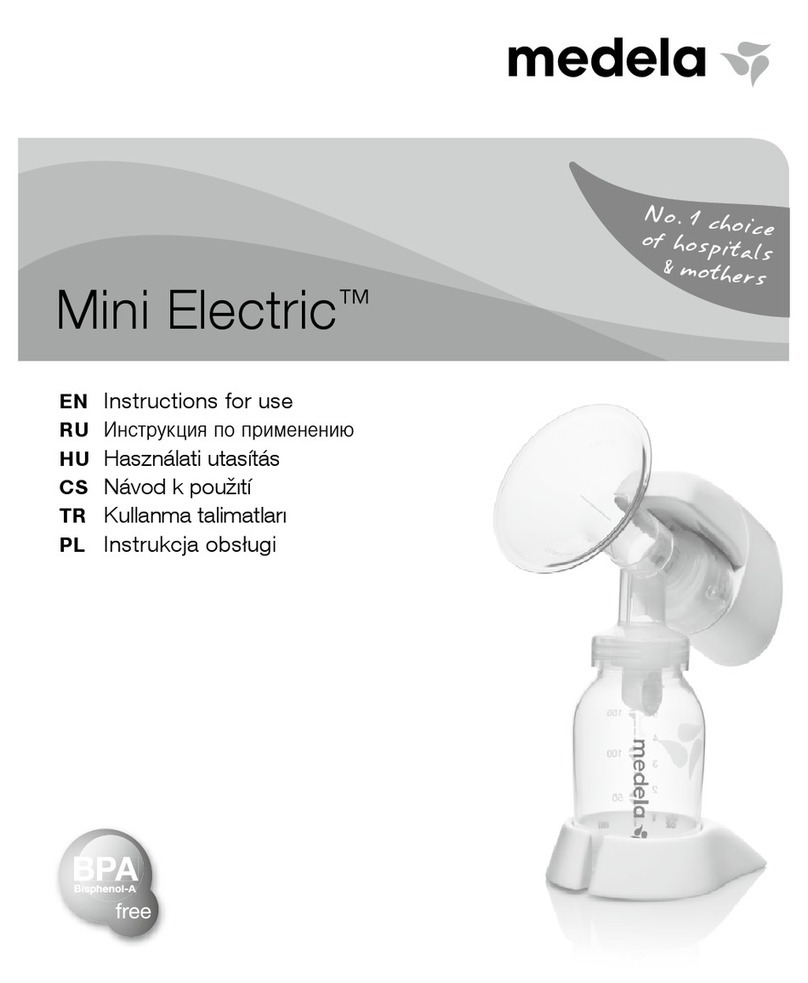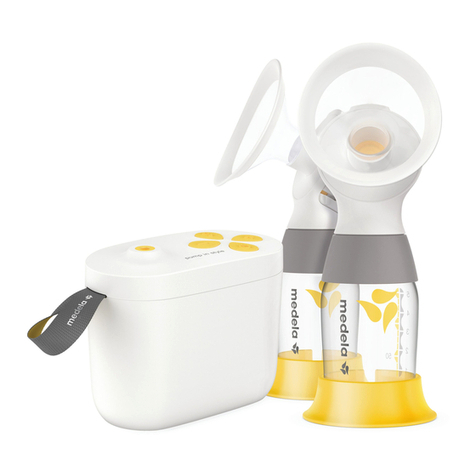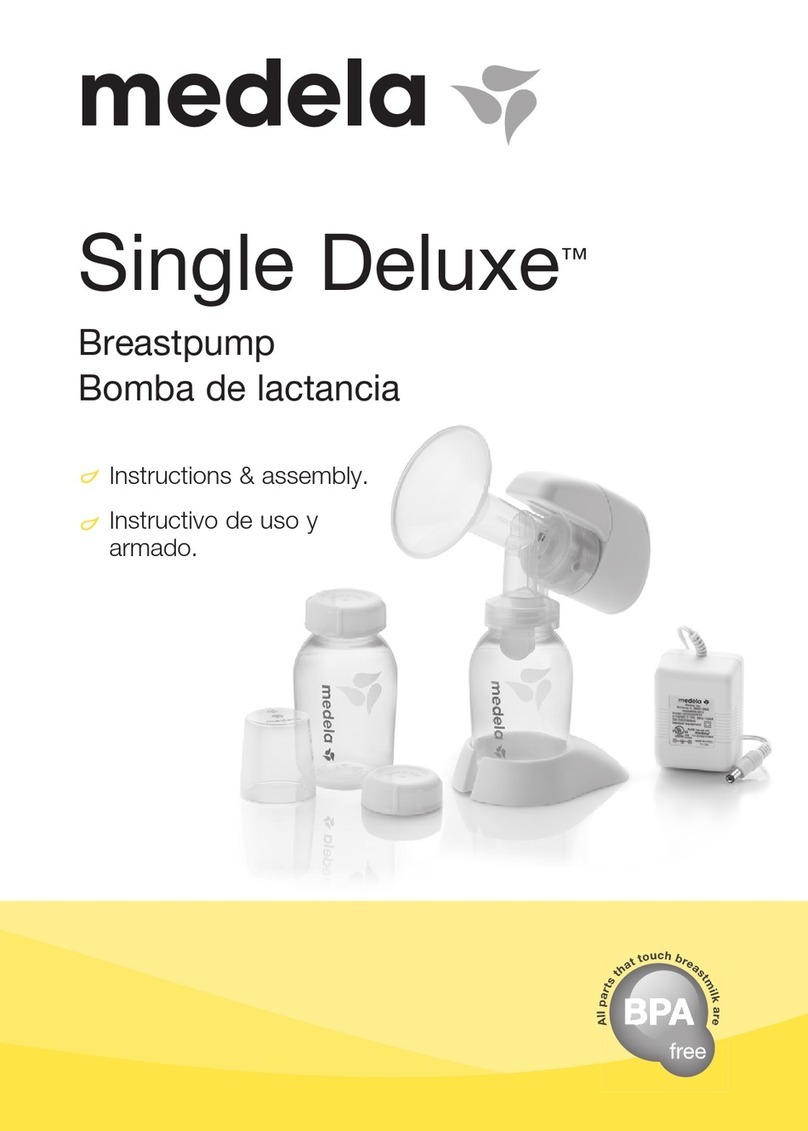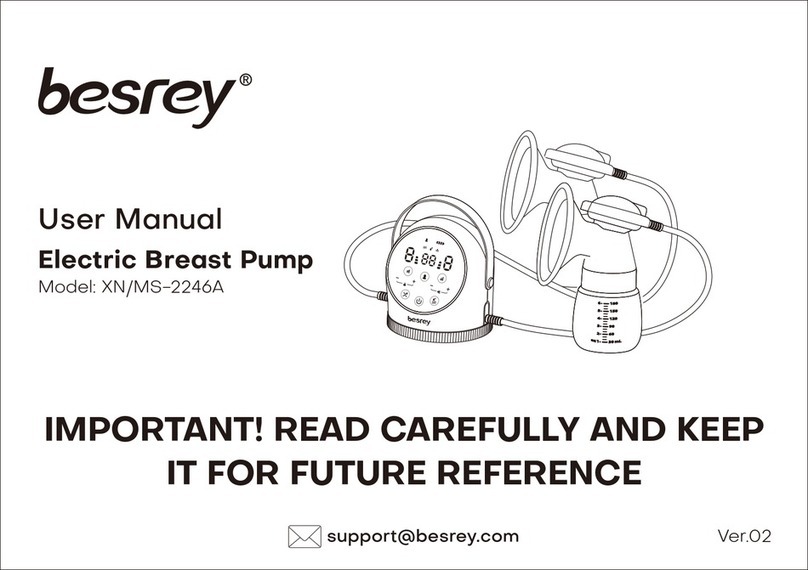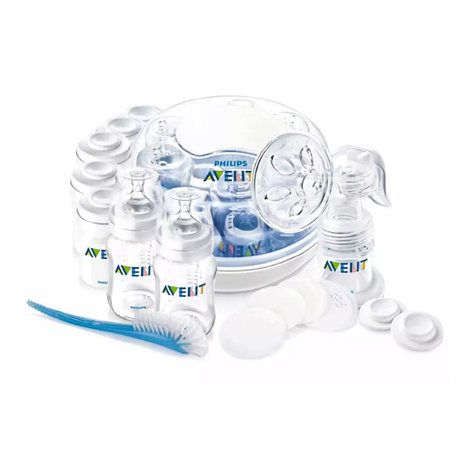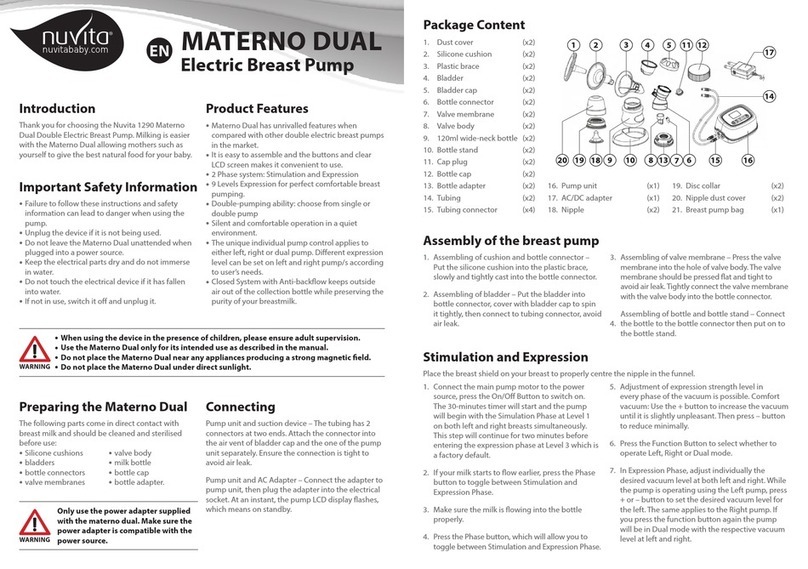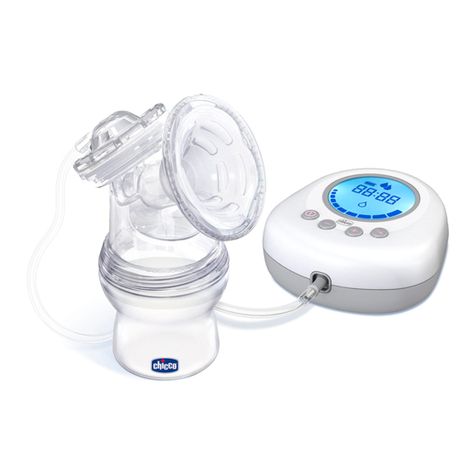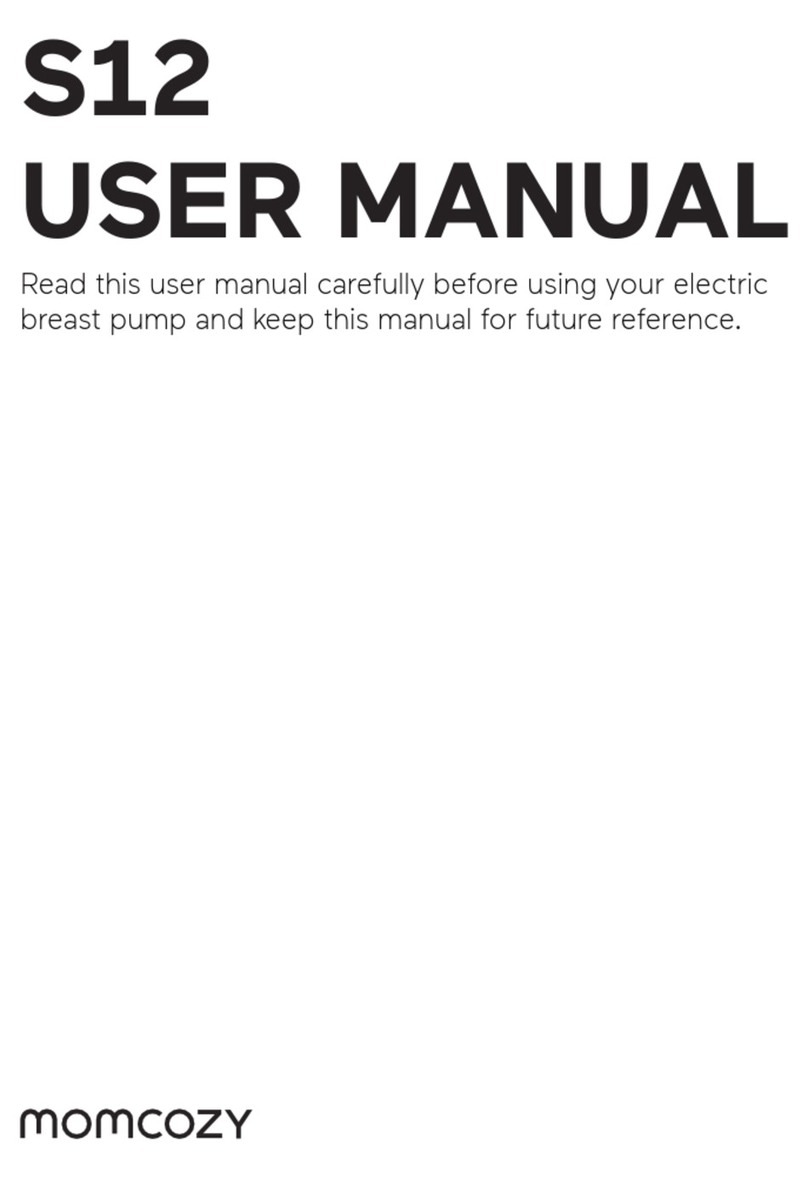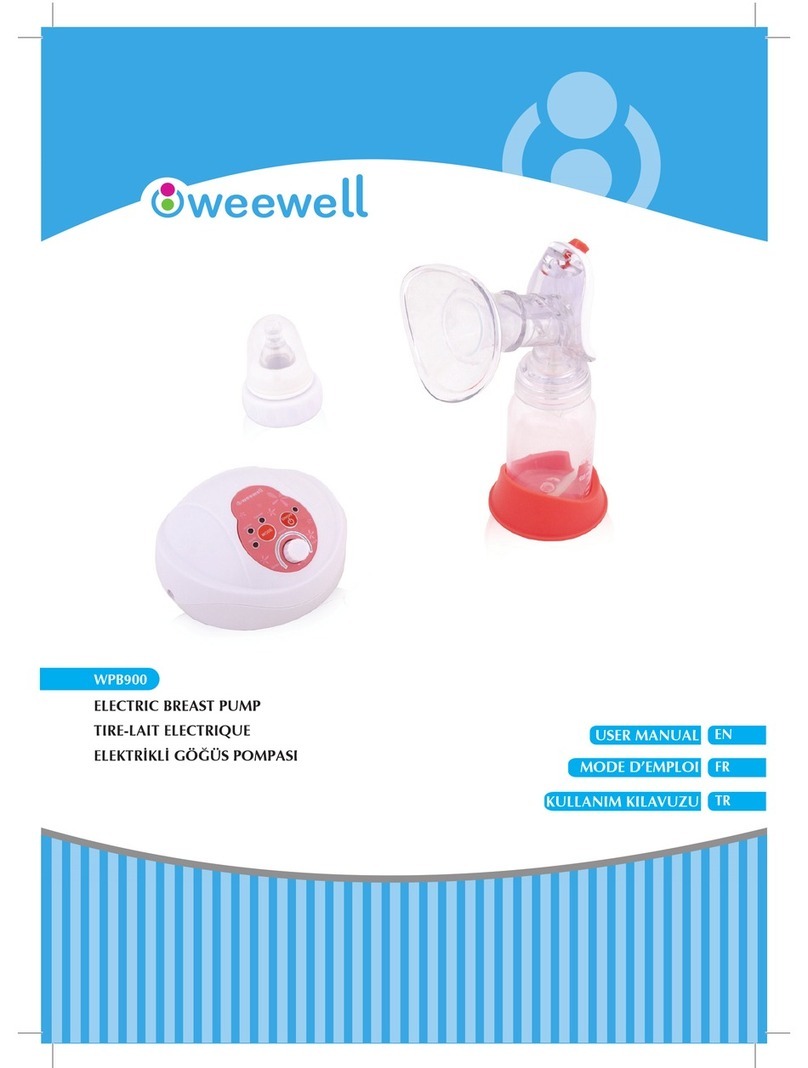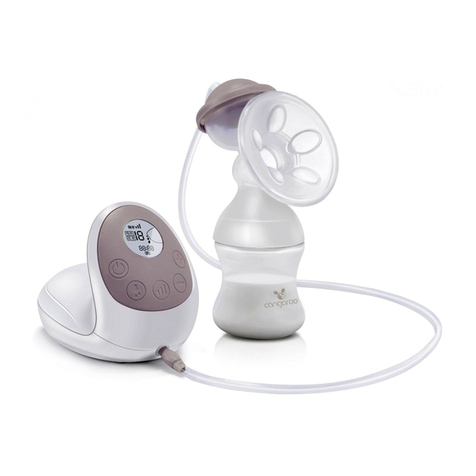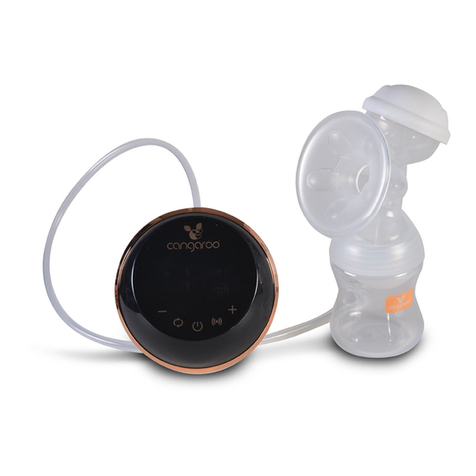14
Español
Índice
Medidas de seguridad importantes . . . . . . . . . . . . . . . . . . . 15
Aplicaciones. . . . . . . . . . . . . . . . . . . . . . . . . . . . . . . . . . . . . . 16
Información de salud y seguridad. . . . . . . . . . . . . . . . . . . . . 16
Higiene, limpieza, almacenamiento de la leche materna
Instrucciones de armado. . . . . . . . . . . . . . . . . . . . . . . . . . . . 20
Operación eléctrica y con baterías; Para comenzar a bombear
Sugerencias para el bombeo . . . . . . . . . . . . . . . . . . . . . . . . 23
Accesorios . . . . . . . . . . . . . . . . . . . . . . . . . . . . . . . . . . . . . . . 23
Identificación y resolución de problemas. . . . . . . . . . . . . . . 24
Garantía . . . . . . . . . . . . . . . . . . . . . . . . . . . . . . . . . . . . . . . . . 26
Pedidos de piezas . . . . . . . . . . . . . . . . . . . . . . . . . . . . . . . . . 27
Lista de piezas de la bomba de lactancia . . . . . . . . . . . . . . 27
Piezas. . . . . . . . . . . . . . . . . . . . . . . . . . . . . . . . . . . . . . . . . . . 28
English - Instructions . . . . . . . . . . . . . . . . . . . . . . . . . . . . . . . . 1
Este producto ha sido diseñado para ser utilizado por una
sola persona y no debe compartirse entre madres.
Desarme todas las piezas antes de la limpieza y esterilización.
Tenga especial cuidado en separar la válvula de la copa para
senos y de separar la membrana blanca de la válvula antes de
iniciar la limpieza o esterilización. Consulte las piezas 1, 2 y 3
en la lista de piezas de la bomba de lactancia (página 28).
IMPORTANTE
MEDIDAS DE
SEGURIDAD IMPORTANTES
Este producto ha sido diseñado para un solo usuario y no puede
ser esterilizado en autoclave ni mediante otros métodos sin destruir
el producto. El uso de este producto por más de una persona
representa riesgos para la salud y anula la garantía.
Al utilizar dispositivos eléctricos deberá tener presente las
precauciones básicas de seguridad, como las siguientes:
LEA TODAS LAS INSTRUCCIONES ANTES DE
USAR LA BOMBA DE LACTANCIA
PELIGRO:
Para reducir el riesgo de electrocución:
1. Siempre desconecte los dispositivos eléctricos inmediatamente después de usarlos.
2. No use este producto mientras se está bañando.
3. No sumerja el producto ni permita que caiga en agua u otros líquidos.
4. No intente coger un dispositivo eléctrico que ha caído al agua. Desconecte el
producto de inmediato.
ATENCIÓN:
Para reducir el riesgo de quemaduras, electrocución, incendio o lesiones:
1.
La bomba nunca deberá dejarse sin supervisión si está conectada a una toma eléctrica.
2. Use la bomba únicamente para el fin descrito en este manual.
3. El uso de accesorios no recomendados por el fabricante puede ser peligroso.
4. Nunca utilice un dispositivo eléctrico si la clavija o el cordón está dañado, si no
funciona correctamente, si ha tenido caídas o daños o si ha caído al agua.
5. Mantenga el cordón lejos de superficies calientes.
6. No utilice este dispositivo al aire libre.
7. Conecte el transformador primero a la bomba Double Select™y luego a la toma
eléctrica de la pared.
8. Use este dispositivo únicamente con el transformador entregado con la bomba
Double Select™.
9. No utilice el adaptador para encendedor de vehículos con la bomba de lactancia
Double Select™.
10. Este producto es un artículo de cuidado personal y no deberá ser compartido
entre madres.
GUARDE ESTAS INSTRUCCIONES 15

